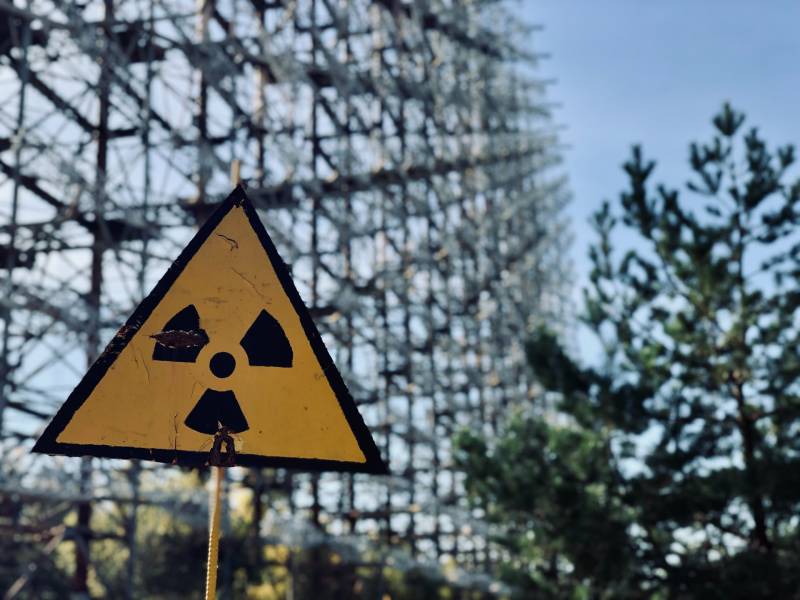Acanthosis Nigricans is a dermatological condition which affects the tone, color, texture and thickness of the skin. It is characterized by development of dark pigmented patches on the skin. The condition is slow progressing. The initial dark lesions are macular in appearance. However they progress to become papular and thicker than the surrounding healthy skin. This condition develops equally commonly in men as well as women. Acanthosis Nigricans will not develop all over the body but only in patches, thus making the discoloration all the more prominent. It is not an infective or contagious condition, and hence there is no harm in being in the vicinity of people who have this skin abnormality.
The 2 major classifications of Acanthosis are the benign variety and the malignant. Malignant variety is very rare and is usually associated with some underlying cancerous affection. The benign variety presents as mentioned below.
The most commonly affected areas of the skin are the folds of the skin like the armpits, groins, the knees and elbows. Apart from these, the neck, the lips are also commonly affected. Acanthosis Nigricans does not develop overnight, or is not an allergic skin condition. Pruritis may be associated with the lesions. Physicians have noted that in certain cases, the affected portion of the skin may also be emitting a peculiar odor. However, sensation of pain, bleeding or pus discharge from the lesions, have not been documented. When the physician examines the patient, the skin feels thick and uneven. In certain cases of Acanthosis Nigricans, skin tags (also known as acrochordons) may develop over the dark pigmented skin. Lesions may develop around the eyes or even affect the conjunctiva. If nails are affected, they may develop undue thickness or white striations. The symptoms of malignant and benign variety are same. The only difference is, the malignant type of lesions develop and spread at an accelerated rate.
All these however are just the features of Acanthosis Nigricans itself. Though Acanthosis can develop in perfectly healthy individuals also, studies have revealed that this skin condition can be an external manifestation of some underlying pathology. Acanthosis Nigricans developing due to any such cause is known as syndromic Acanthosis Nigricans.
One of these pathological conditions is ‘insulin resistance’. As the term suggest, it means that the system of the person remains unaffected by the insulin produced by the pancreas. This is usually observed in obese or over-weight people more, though the exact mechanism is not known. Pancreas keep producing insulin, but the blood glucose levels do not remain under control. This leads to increased levels of insulin as well as blood glucose. Insulin is known to stimulate excessive production of epidermal cells. These new cells have higher melanin content than the normal cells. This explains the development of dark and thick lesions of Acanthosis. It must be noted that insulin resistance is one of the pre cursors of Diabetes Mellitus. So people who have Acanthosis Nigricans must keep a close tab on their blood sugar levels.
Apart from insulin resistance, there are other causes as well for Acanthosis Nigricans. It may be attributed to hormonal imbalance in women. Polycystic Ovarian disease is one such condition in which there are major abnormal changes in the female hormones FSH and LH. Acanthosis Nigricans is one of the most important indicators of PCOD in females with irregular menstrual cycle. Women with irregular periods, excessive hair growth, weight gain, acne and Acanthosis Nigricans should get themselves investigated for hormonal disturbances.
Disorders of thyroid gland or the pituitary gland, Addison’s disease and very rarely cancer of the stomach are also known to trigger development of Acanthosis Nigricans.
So basically one can conclude that the development of Acanthosis Nigricans should not be taken lightly. Investigations should be done depending on the other symptoms present and the causative factor must be diagnosed and treated. Children who develop Acanthosis Nigricans must be monitored carefully, as they may become prone to develop type 2 Diabetes in adulthood. Elderly should be monitored for malignancy if diagnosed of Acanthosis. It is only the younger population who are relatively free of major risks and complications of Acanthosis Nigricans. If the physician suspects malignancy, he/she may get a skin biopsy done. Blood sugar and insulin levels may be checked in patients to rule out diabetes. Hormonal levels for T3, T3, TSH, LH, FSH, and body corticosteroid levels may be monitored in patients who present with associated symptoms.
It is not essential that either of these investigations has to reveal some abnormality. In case however, any specific cause is diagnosed, medication must be started keeping mind that causative factor. For the Acanthosis lesions, topical agents may be prescribed to control any itching the patient may have. Patients may be prescribed moisturizing creams to keep the skin soft. Tretinoin is an agent which helps in shedding the deposits of thickened skin. It may be applied in dosage as per prescribed by the physician in order to restore normal skin thickness. Vitamin A supplements may be given to the patient, as they make skin tissue healthier.
Along with medications, it is necessary that patients also must contribute towards getting themselves cured of this condition. Depending on the cause of Acanthosis, patients must modify their lifestyle to improve their health. Regular exercise is advised to patients who are over-weight or obese. Patients who have been diagnosed of insulin resistance must take special care of their diet. They must restrict intake of food that is rich in carbohydrates and fats. In case of any underlying malignancy, patients must take special care to ensure their immunity remains strong. Patients must go for routine check up to monitor their health and take medication as prescribed by the physician. Acanthosis Nigricans is dreaded more for the unpleasant changes it causes in the appearance of the person than anything else. Patients may utilize creams or cosmetic agents to hide the dark pigmentation. However these creams must be first certified as safe for use by the physician. If proper care is taken by the doctor as well as the patient, it becomes very easy to diagnose and treat this condition fast, leaving the patient cured as early as possible.
References:



